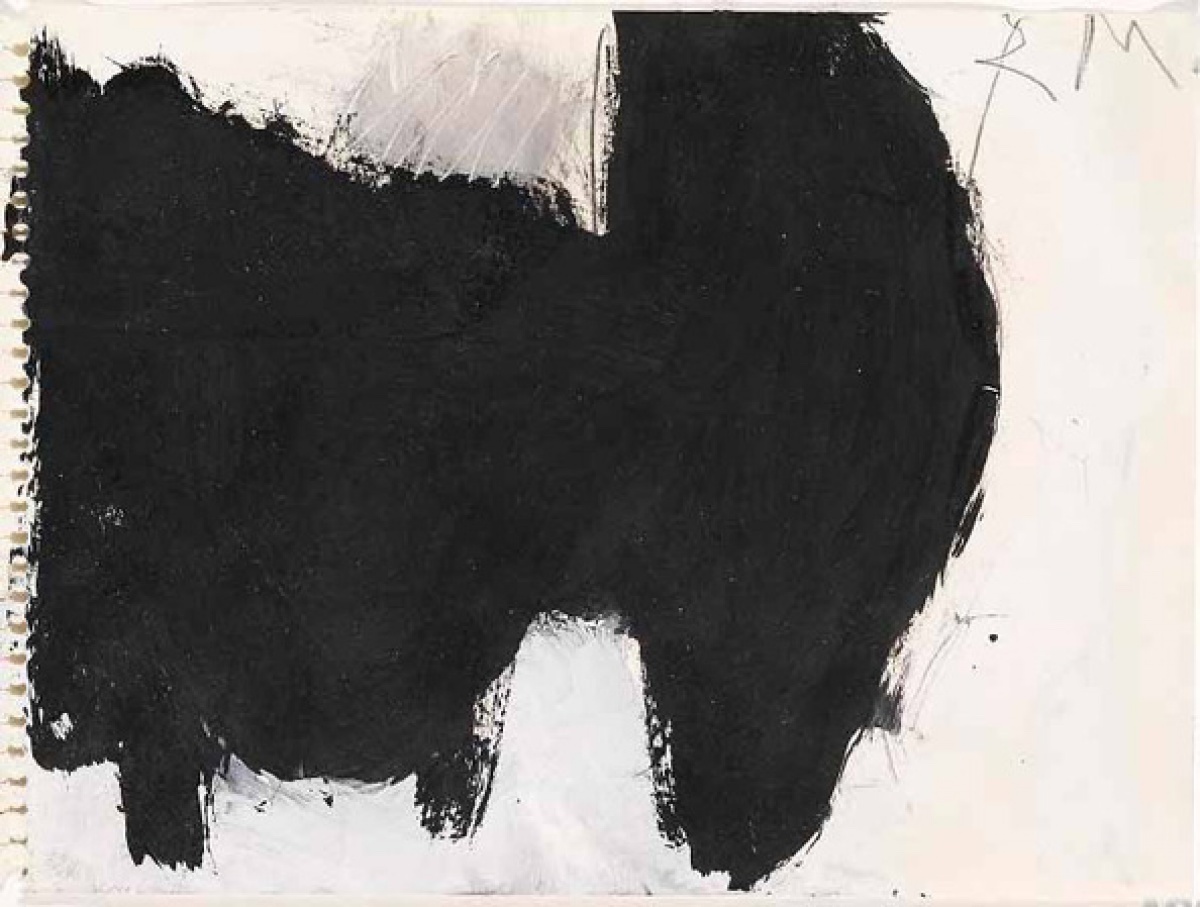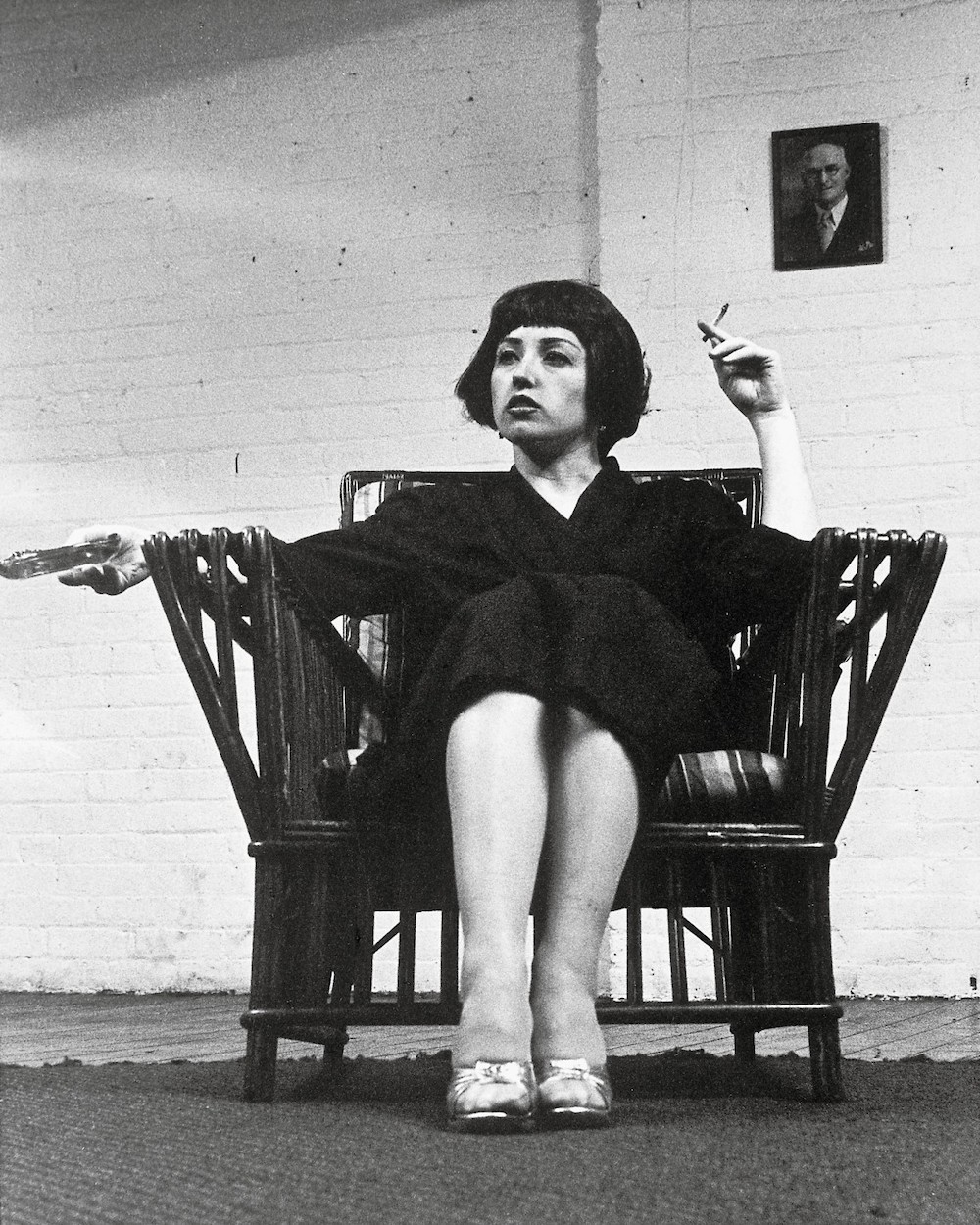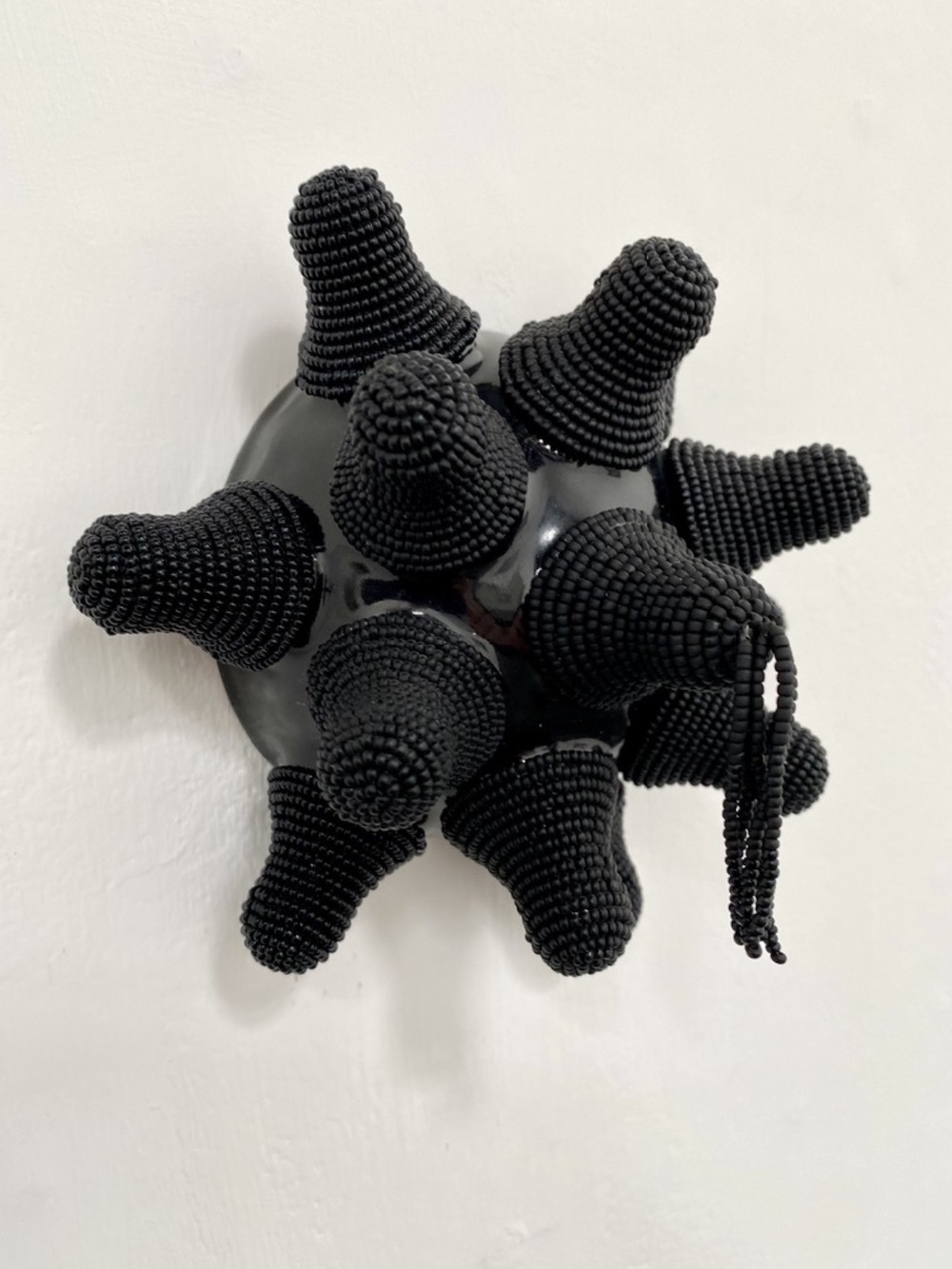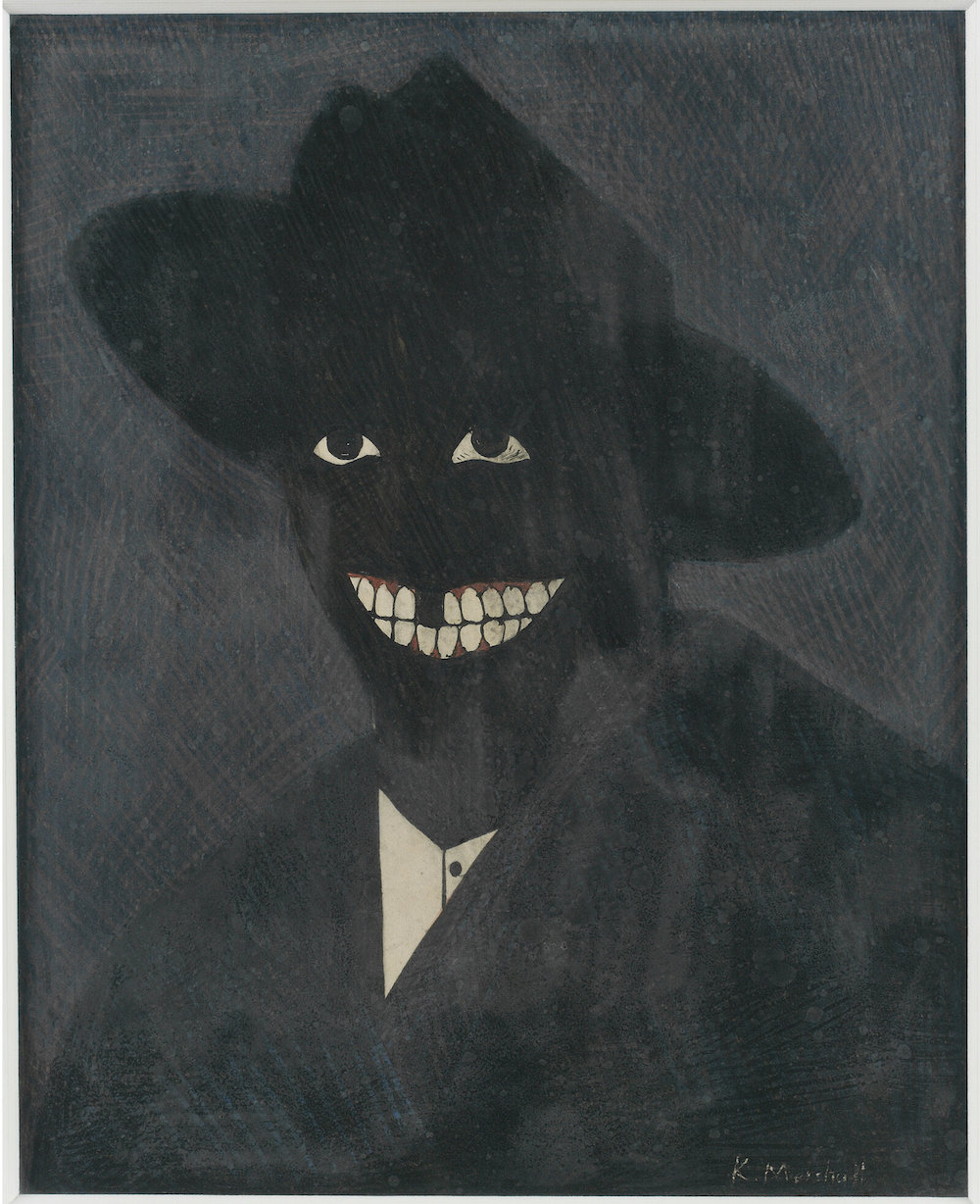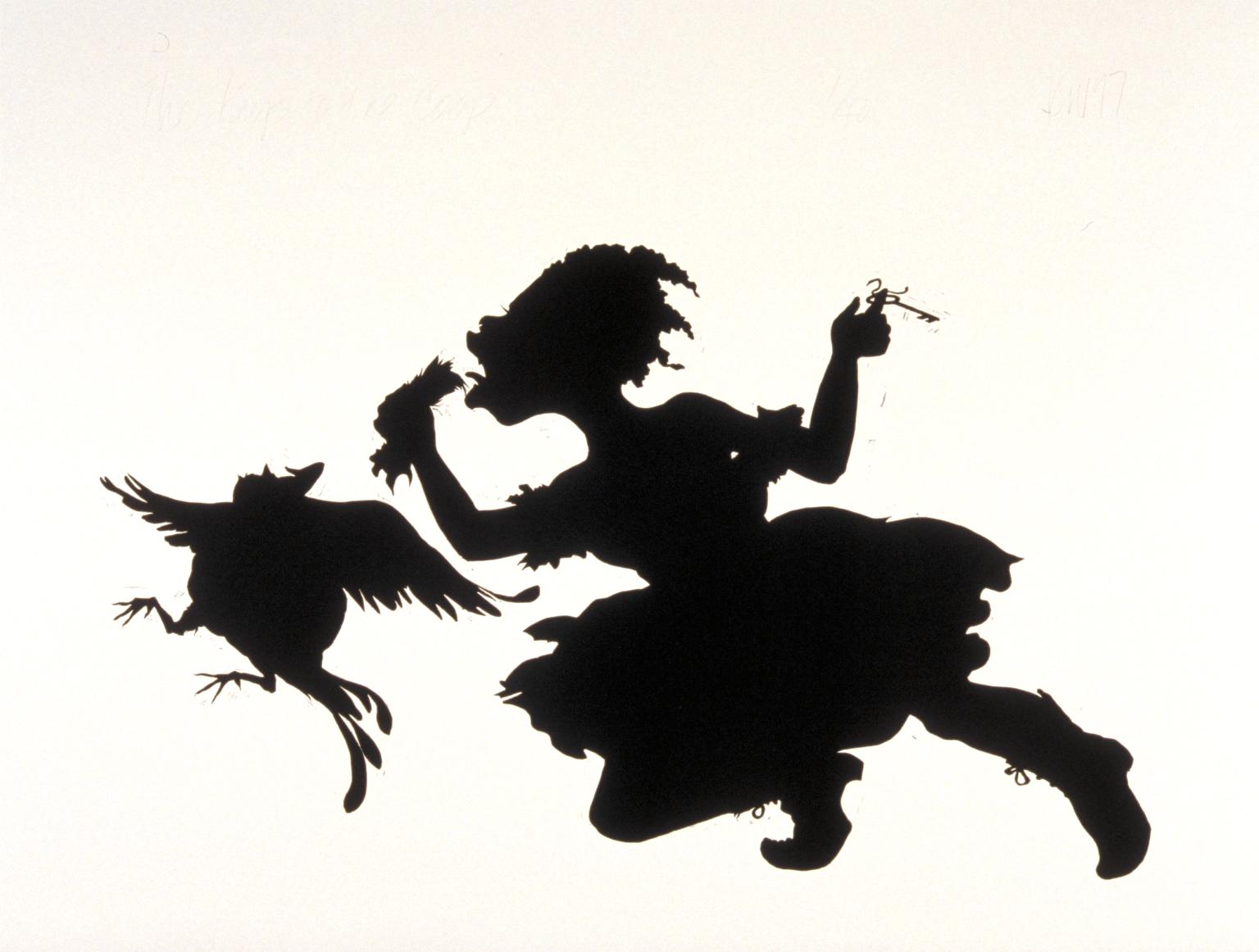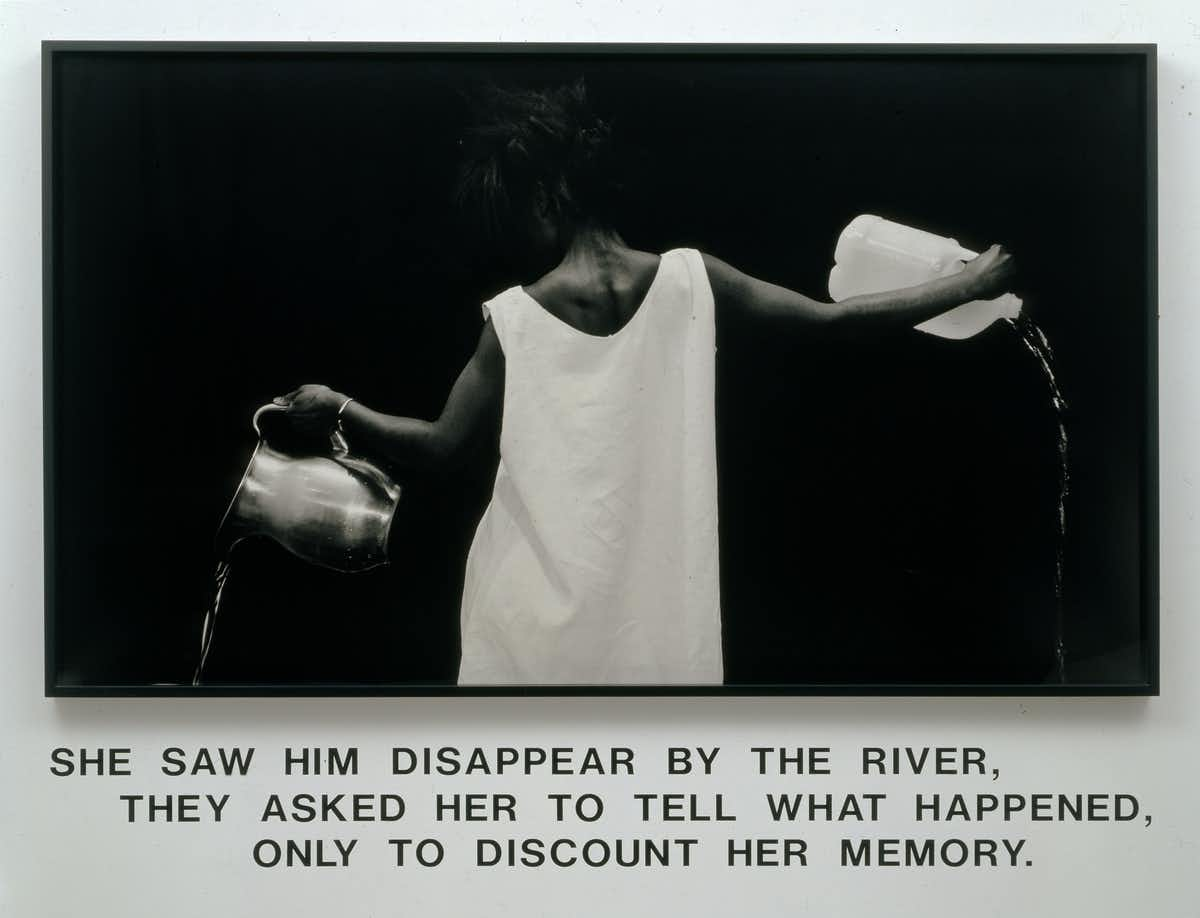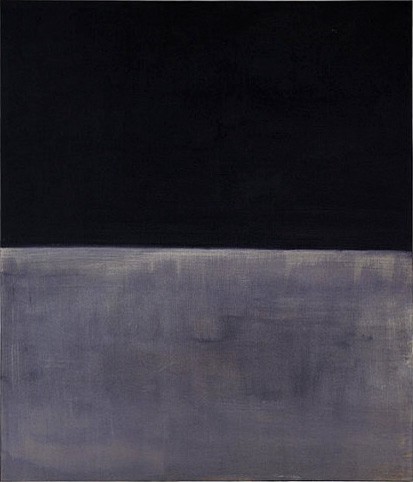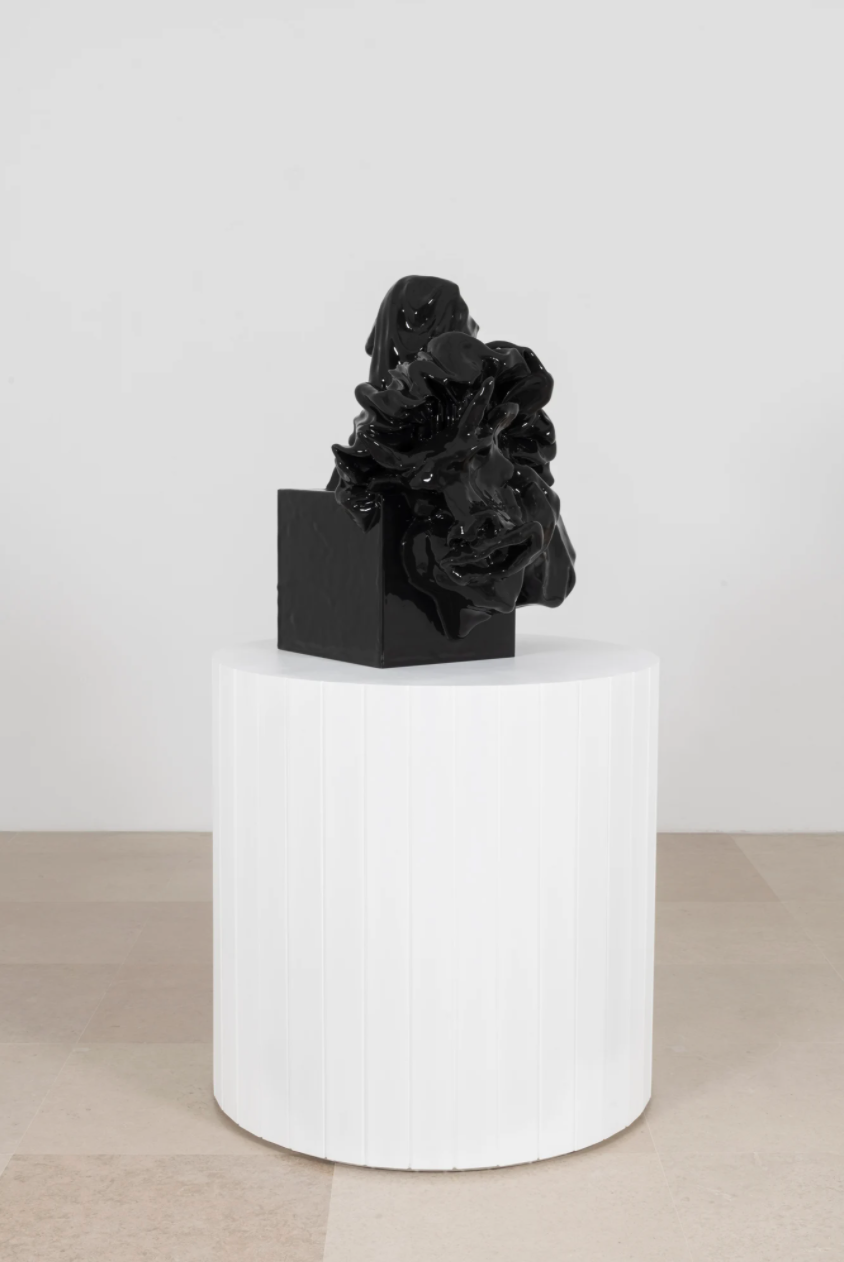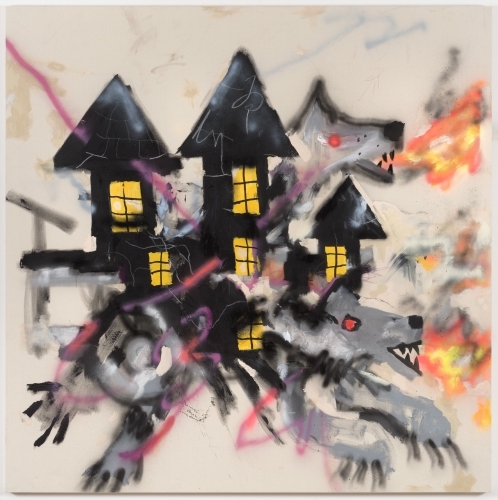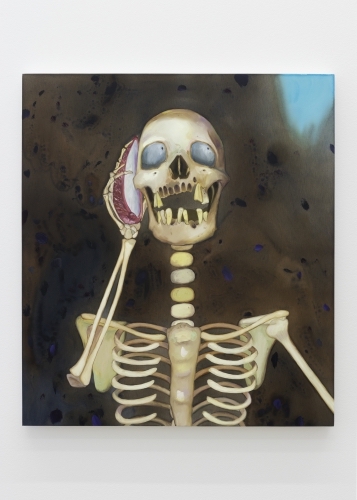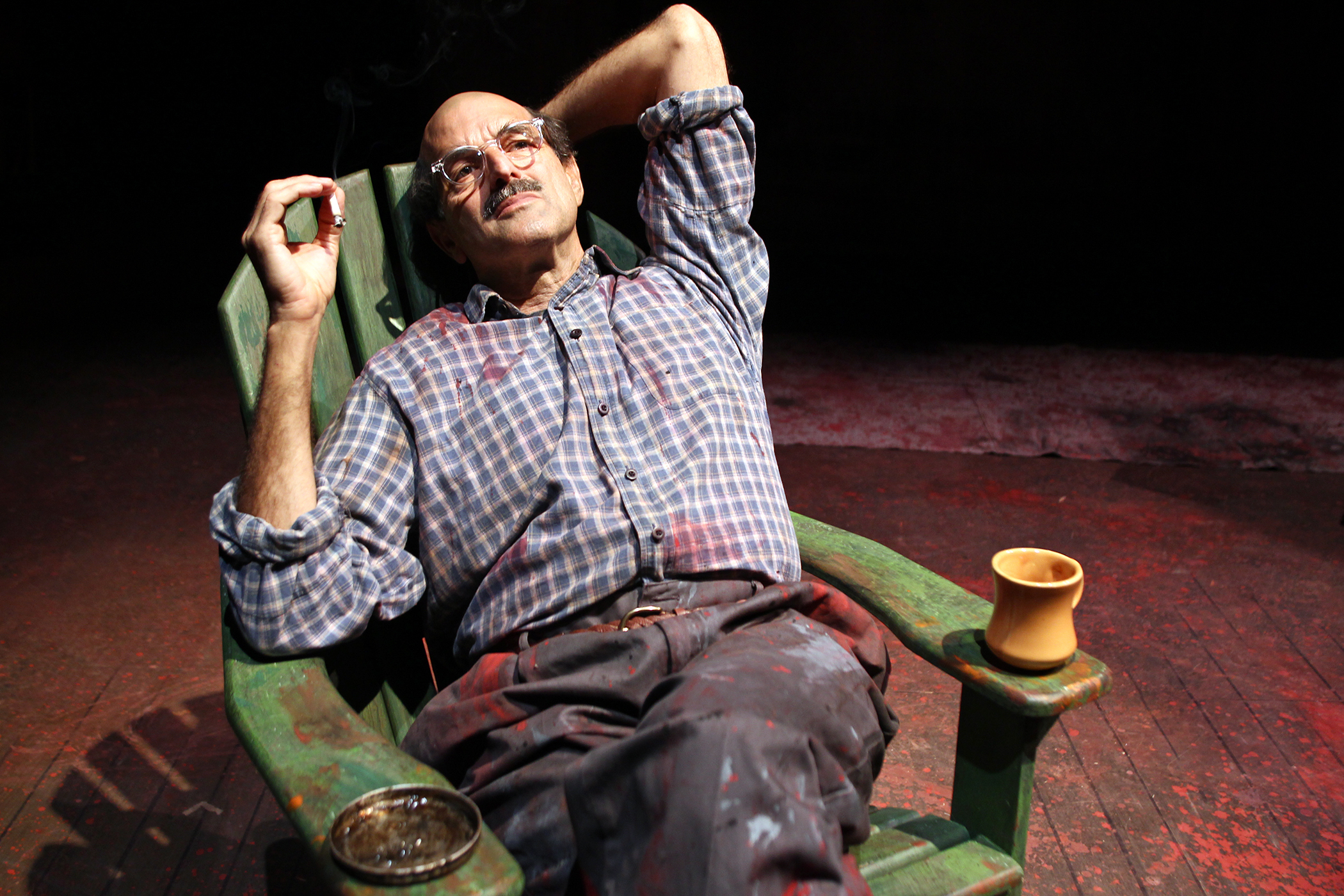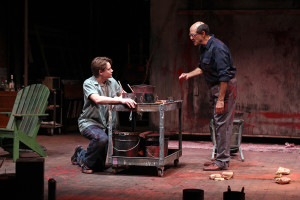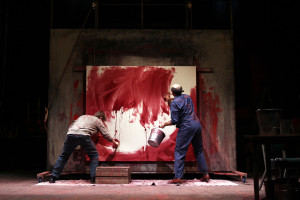Your cart is currently empty!
Tag: Mark Rothko
-

Remarks on Color: Eponymous Black
July’s HueEponymous Black is a stout, surly fellow with bad breath and a death drive that rivals Ophelia. His only friends are the pigeons in Central Park, and even they have their reservations, as often he’s deliberately stingy with the dissemination of the most coveted heels of sourdough bread. He regularly descends into madness, especially after eating figs, and this fact constitutes one of the unknowable mysteries of the universe. Eponymous Black disdains sun worshippers, those buffoonish, asinine people who purchase lawn chairs at the 99cent store, then set up a barbeque on the beach where they slather on sun tan lotion which promptly dissolves, gooey and salt laden, as for hours, they volley deflated balls over a makeshift net.
The entirety of the world derives from Black, just as everything must come from something and light is substantiated by the darkness, yet because he is an ego maniac, this fact is not enough to satisfy dear Eponymous, whose social negotiations include binge watching Orson Well’s entire filmography and picking radishes with an elderly woman from his mother’s retirement home. Eponymous Black is renowned for his collection of rare dung beetles, which he proudly displays on the mantle and sometimes shows off to his landlord, a petite and unassuming woman named Janine, who in her youth, had been a stand-in for the part of Mary Magdalene in Jesus Christ Superstar.
Eponymous Black works as a pharmacist’s assistant, trying to collect enough amphetamines to put himself out and over for good. No one ever suspects him of stealing as each month he manually adjusts Mrs. Adamson’s prescription to account for the missing pills. It’s an ingenious solution to the age-old problem of human malaise. It’s not that Eponymous Black wishes so much to die as he longs to be recognized, or as his esteemed father once put it, “if ya can’t get your name into the papers for doing something good, then, by God, do the worst thing you can think of. . . “and, well, so he did.
Cindy Sherman, Untitled Film Still #16, 1979 Robert Motherwell, Elegy Study, 1949 Lavialle Campbell, Tassled-Obsidian, 2000 Kerry James Marshall, A Portrait of the Artist as a Shadow of His Former Self, 1980 Kara Walker, The Keys to the Coop, 1997 Lorna Simpson, The Waterbearer, 1986 Mark Rothko, Untitled (Black on Grey), 1970 Aria Dean, Work (tout son col secouera cette blanche agonie), 2021 Robert Nava, Haunted Wolf House, 2019 Peter Heyer, Hello?, 2019 -

Red
The South Coast Repertory Theater’s production of Red, John Logan’s Tony Award winning play about abstract expressionist painter Mark Rothko, which opened in Costa Mesa on January 22, is directed by SCR’s Founding Artistic Director David Emmes and stars Angeleno Mark Harelik as Rothko. Harelik, a tall, slender man with a full head of hair, shaved the top half of his head and adopted a slightly stooped stance for the part. Based on his extensive research, the composed actor also affected a dogmatic, bullying persona.

Paul David Story and Mark Harelik in John Logan’s Red at South Coast Repertory. Photo by Debora Robinson-SCR As the play begins in 1958, Rothko sits in his dreary downtown Manhattan studio, wearing paint-spattered clothing, staring at the audience, presumably contemplating his newest red painting. When his assistant, Ken (Paul David Story), enters, Harelik proclaims in a booming voice, “What do you see? Wait. Stand closer. You’ve got to get close. Let it pulsate. Let it work on you…There. Let it spread out, Let it wrap its arms around you …” This opening scene is so visceral that it seems as though the actor is channeling the artist. Harelik was still in acting mode during our phone interview. Provoked by the simplest questions, he launched into meandering, heartfelt responses: “Rothko gravitated to Nietzsche. His The Birth of Tragedy explains that we are comprised of two forces, the Dionysian, or the explosive, and the Apollonian or the rational, which keeps us from killing each other. And both are distilled in Rothko’s art.”

Paul David Story and Mark Harelik in John Logan’s Red at South Coast Repertory. Photo by Debora Robinson-SCR Asked to comment on his portrayal of Rothko, he said: “The play is mentally gripping from moment to moment. You can’t disengage for even a second.” He added, “Playing Rothko has given me a deeper understanding of the meaning of his paintings. He divided the art world into high and low art. Low art contains that which is on the surface. But high art puts you in a state of suspended awe. Rothko’s works bypass your brain and speak to your soul, like music does.”
“Playing this part has changed me,” Harelik reflected. “Experiencing Rothko’s relationship with his art has deepened my own understanding of what it is to create. Some people have said that this play has revived their understanding of Rothko, and they want to spend more time with his art, to let his paintings work on them. Art, whether it is theater or painting, demands that viewers take the time to go beneath the surface.”Harelik has spent many hours at L.A’s Museum of Contemporary Art, perusing the Rothko’s paintings. “I have spent an almost uncomfortable amount of time in the Rothko room,” he said. “I have watched people come and go, and saw many spend only 30 seconds with each painting. But Rothko’s pieces are wounded when someone walks into the room and then walks out.”
Red by John Logan, directed by David Emmes at SEGERSTROM STAGE, January 22, 2016 – February 21, 2016
